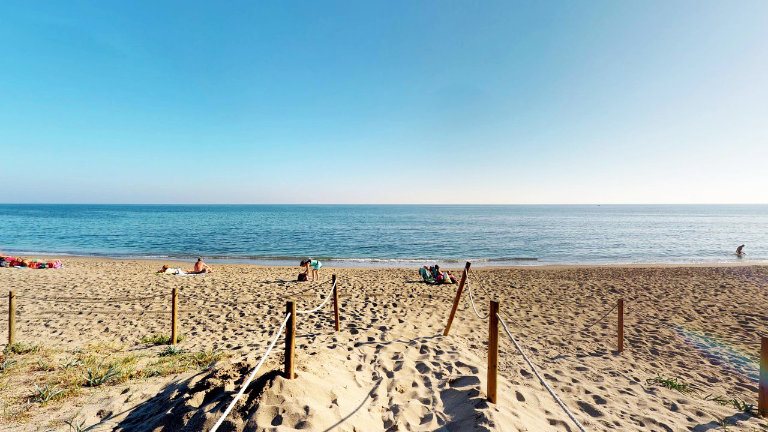It is getting hotter !!!
As it is heating up here in Spain, the abanico (the fan) is one of our favourite tool. The abanico, or fan, has been a companion to women throughout the centuries. Introduced to Europe by the Portuguese in the 16th century, it quickly became an essential fashion accessory. But beyond its role in style, the abanico served a dual purpose: combating the heat and acting as sophisticated communication tool.
Origins and Ancient Use
While the exact date of the first fan’s appearance remains uncertain, ancient civilizations already had similar devices. Egyptians, Babylonians, Persians, Greeks, and Romans all used objects called “flabelos” for luxury purposes. These early fans were reserved for the wealthy elite. For example, Egyptian fans were large, constructed with long sticks adorned with colorful feathers (often ostrich feathers). Servants wielded thme to cool their masters during scorching summers and to shoo away bothersome insects.
The European Abanico
In Europe, the abanico evolved into its recognizable form. It became a delicate accessory, intricately designed and carried by women. Its primary function was to provide relief from the heat, especially in the absence of modern air conditioning. With a graceful flick of the wrist, ladies could create a refreshing breeze on sweltering days.
The Art of Communication
But the abanico had another purpose: secret communication. Women used specific fan movements to convey messages discreetly. These silent signals allowed them to express feelings, intentions, or even flirtations without uttering a word. For instance:
-
Covering the face: ”follow me.”
-
Holding the fan closed against the lips: “I want to talk to you.”
-
Fanning slowly: “I am married.”
-
Fanning quickly: “I am engaged.”
-
Tapping the fan: “Meet me later.”
-
Placing the fan near the heart: “You have my love.”
-
Resting the fan on the right cheek: ”yes”
-
Resting the fan on the left right cheek: ”no”
Types of Abanicos
Throughout history, various cultures have given rise to distinct fan styles, each with unique characteristics and uses:
-
Folding Fans (Abanicos de Mano): These collapsible fans consist of pleated paper or fabric attached to sticks. They are portable and elegant, often adorned with intricate designs or paintings.
-
Fixed Fans (Abanicos Fijos): These non-collapsible fans have a fixed shape. They can be round, oval, or even heart-shaped. Fixed fans are more decorative and less practical for cooling.
-
Brise Fans: Also known as “pocket fans,” these small, rigid fans have intricately carved sticks. They fit easily into a lady’s purse or pocket.
-
Pai Pai Fans: Originating in Asia, pai pai fans are flat, often made of bamboo or wood. They are commonly used in warm climates.
-
Mantón de Manila: While not a fan per se, the Spanish mantón de Manila (a decorative shawl) is often paired with an abanico. The combination creates a stunning ensemble.
The Spanish Abanico
Spain has a rich tradition of crafting exquisite fans. The town of Aldaia, Valencia, in particular, has perfected the art of fan-making over centuries. Spanish fans are not only functional but also cultural treasures, speaking a language of elegance and tradition.
So next time you see a delicate abanico fluttering gracefully, remember its dual role, a refreshing breeze against the heat and a silent messenger of emotions and desire!
We wish you all a great summer!!
Related Articles

Home Sweet Home for abandoned animals

Top Real Estate Agent in Spain

Våra favoritstränder på Solkusten

 en
en
 es
es
 se
se
 nl
nl
